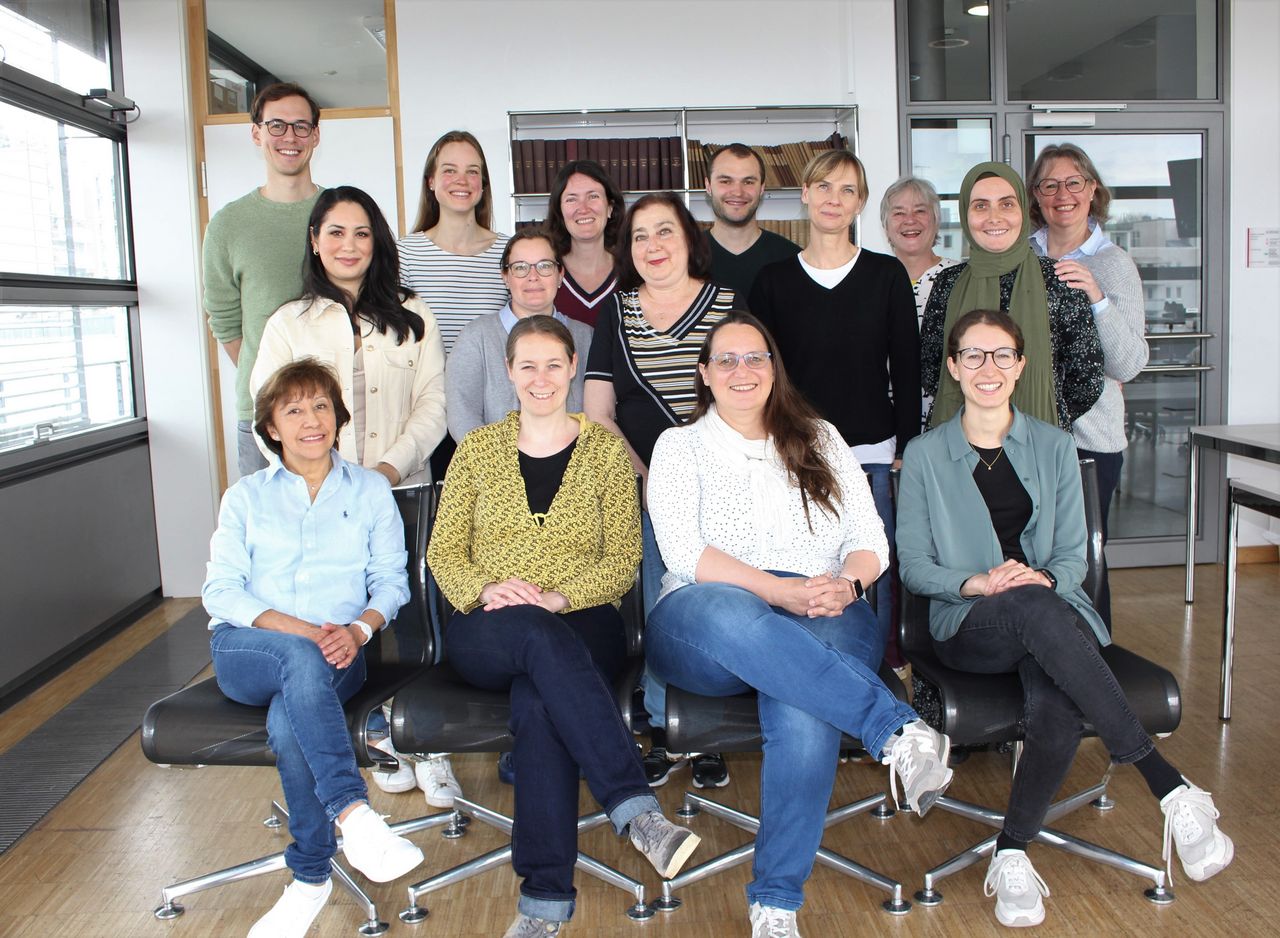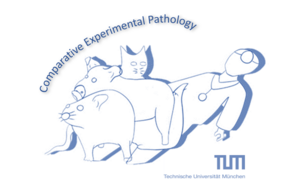Core Facility Comparative Experimental Pathology at the Institute of Pathology
The unit for Comparative Experimental Pathology (CEP) was established in 2016 by Dr. Katja Steiger and Prof. Wilko Weichert. It represents a new, interdisciplinary research platform that offers well-founded technical and scientific pathological expertise for clinically and experimentally active research groups at the Technical University Munich as well as at the Klinikum rechts der Isar.
Our team includes veterinary and human pathologists who have worked for many years in their field and have extensive experience in a wide variety of fields of biomedical science.
In the technical field, the team is currently supported by five medical-technical assistants (who are directly part of our facility) and two medical-technical assistants from other institutions.
This close link between veterinary and human medicine is a German-wide unique setting since we provide specific and individualized advice to our collaboration partners for their projects focused on pre-clinical, translational or clinical research.
The CEP features an independent, fully equipped histological laboratory with state-of-the-art technology. Next to an embedding station, we have a full automatic coverslipper, both being used in a routine setting in our lab. Besides that, we provide different immunohistological platforms for standardized and automated immunohistochemistry. We are also equipped with four slide scanners, of which three are for high throughput scanning. Furthermore, we have added a state-of-the-art laser microdissection and a light-sheet fluorescence microscope to our equipment.
Here at CEP, we work with a project orientated approach and are capable of processing 600 projects on average per year.
Here you can find more information (in German).
With our work, we mainly emphasize not only the establishment and validation of experimental animal models, but also the interpretation of already performed experimental animal studies and especially the recognition of species-associated background lesions as they can have a significant influence on the outcome of performed studies.
We are able to provide this “state-of-the-art” classification of experimental models, due to the close working structure between the medical and the scientific staffs of the Pathology Institute at TUM and the networking with the Tissue Bank of the Klinikum rechts der Isar.
In 2019, there were 38 scientific publications in which the CEP was involved.
For further education, we grant trainings for young scientists as well as for human- and veterinary- medical staff. Currently, we offer an interdisciplinary one-week course within the PhD program, “medical life science and technology” at the faculty for medicine at TUM, which takes place every year. This course builds the ground structure for a better understanding of animal pathology and comparative anatomy for everybody who works with animal models on a scientific level.
We also offer development and training in individual, project orientated evaluation schemes, together with the scientists from the groups we collaborate with. Furthermore, due to the authorization for further education, it is possible to add two years for the degree of specialization in veterinary pathology at our facility. The CEP is can to be integrated in national and international research associations as central service platform. Therefore, it is currently represented in 4 collaborative research centers (CRC) of the “Deutsche Forschungsgemeinschaft” (DFG) as Z-Project.
SFB 824: Imaging for Selection, Monitoring and Individualization of Cancer Therapies
SFB 1335: Aberrant Immune Signals in Cancer
SFB 1321: Modelling and Targeting Pancreatic Cancer
SFB 1371: Microbiome Signatures: Functional Relevance in the Digestive Tract

